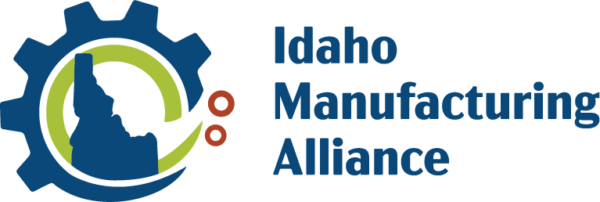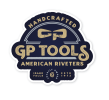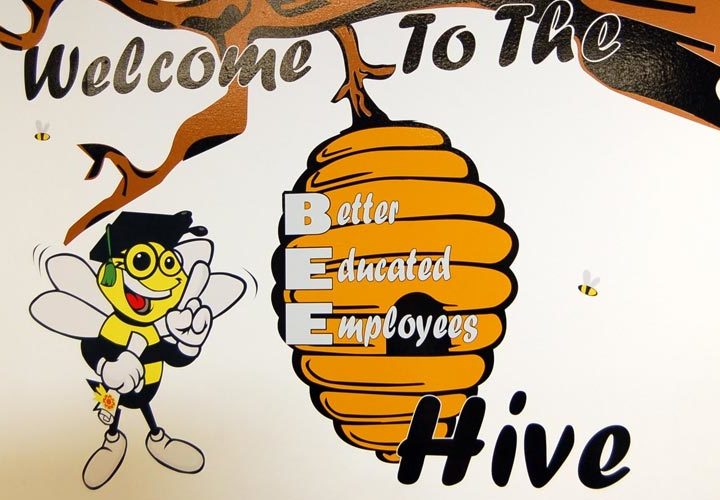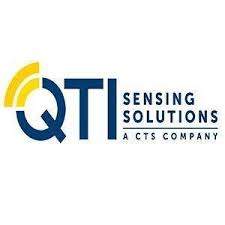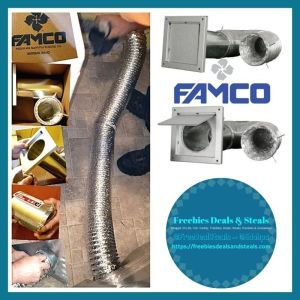Manufacturing Leaders Dinner | Leveraging Operational Excellence
Idaho Manufacturing Alliance 5465 E. Terra Linda Way, Nampa, ID, United StatesIMA is pleased to present a new opportunity – Manufacturing Leaders Dinners – to better connect C-Suite manufacturing representatives. Join us for the first in a series of Leaders Dinners!



